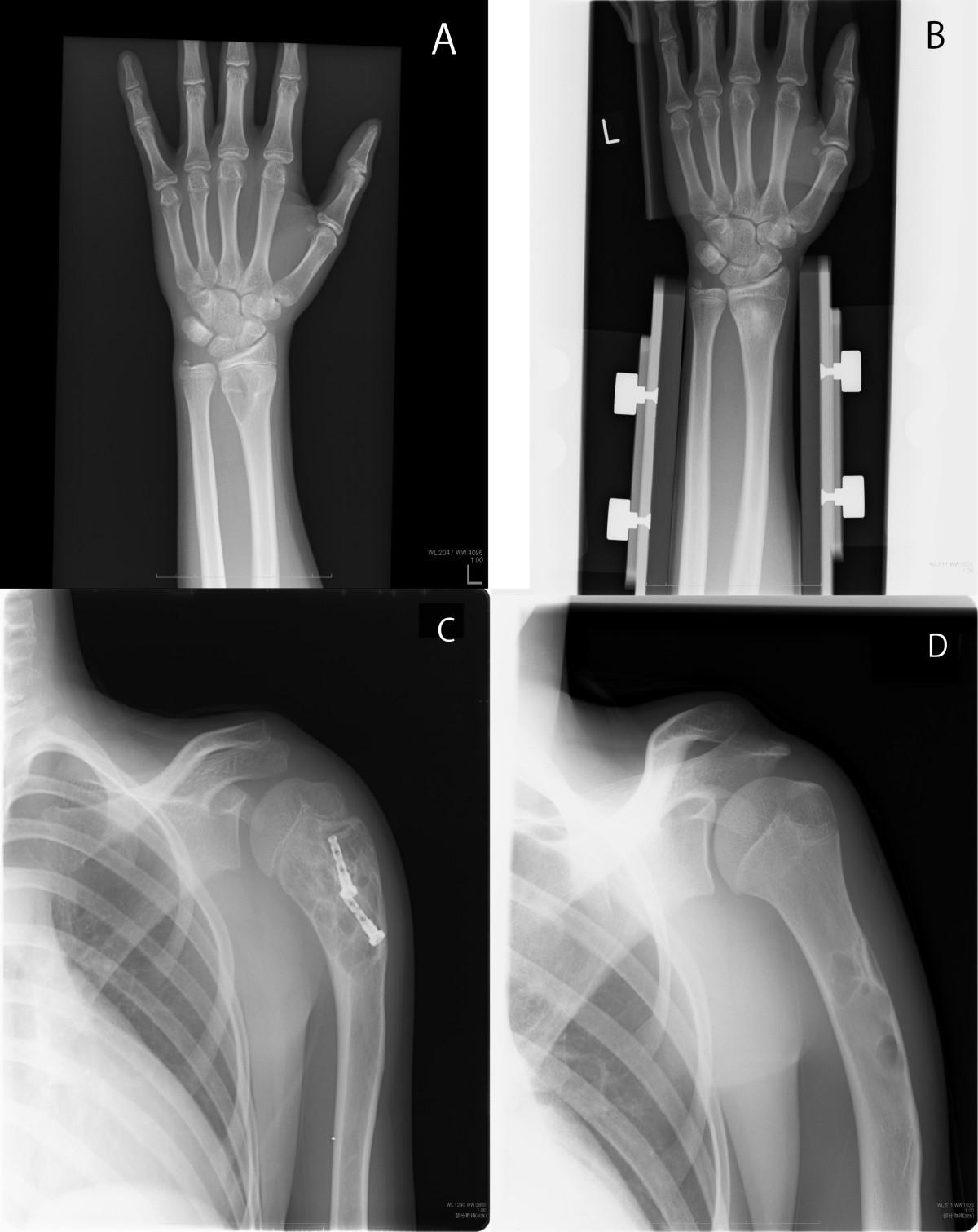

#UNSPECIFIED PATHOLOGICAL FRACTURE PRESENCE ICD 10 CODE#
Codes from 800-829 for traumatic fractures should never be used with a code from this category. X-ray indications of diseased bone may be used by the physician to arrive at a diagnosis of a pathologic fracture, but should not be used by coders to make this determination.įifth digits have been added to category 733.1, Pathologic fracture, to allow identification of the site of the fracture. Only the physician can make the determination that the fracture is out of proportion to the degree of trauma. Basically it is up to the physician to make the determination if the fx is out of proportion to the degree of trauma.Ī pathologic fracture is defined as a break in a diseased bone due to weakening of the bone structure by pathologic processes (such as osteoporosis or bone tumors) without any identifiable trauma or following only minor trauma. However the following is from CC 4th Qtr 1993. The surgeon will tailor the treatment to each patient and each situation.I don’t know that CMS has a definition for pathological fracture.

The surgeon may also need to perform an internal fixation, using screws and rods, to hold the vertebrae in place while the bone heals. During a spinal fusion, the surgeon may place a bone graft across the area of instability, allowing the vertebrae to fuse (grow together). Such procedures may also require a spinal fusion to stabilize the spine until it heals. In some cases, the surgeon may need to remove diseased bone to relieve pressure on the spinal cord and nerves. Spine surgery is considered if the spine appears to be unstable or if there is significant compression of the neural elements. During these procedures, the surgeon injects a cement mixture into the fractured bone to stabilize the fracture, treat pain, and prevent a spinal deformity from progressing. The surgeon may perform a vertebroplasty or a kyphoplasty. Radiation is applied to the area of involvement in the hopes of shrinking the tumor and removing pressure from the nerves. Nonsurgical option for pain relief is radiation therapy or injection of bone cement. If the fracture is caused by metastatic cancer, treatment options vary by case. Treatment may include calcium and vitamin D supplements, bisphosphonates, and weight-bearing exercise. If the fracture is caused by osteoporosis, treatment of the osteoporosis can help prevent additional fractures. The brace helps support the back and prevents bending forward, which removes pressure from the fractured vertebrae.

These include taking pain medications, limiting physical activity, and wearing a brace. The goals of treatment are pain relief, reversal or stabilization of neurological deficits, and stabilization of the spine.įor the most part, nonoperative treatments are recommended for less severe pathologic fractures. (The amount of radiation is small–less than the radiation in half of one CT scan.) This scan helps identify damaged bones. Nuclear bone scan: a diagnostic procedure in which a radioactive substance is injected into the body to measure activity in the bones. CT scans are more detailed than general x-rays. A CT scan shows detailed images of any part of the body, including the bones, muscles, fat, and organs.


 0 kommentar(er)
0 kommentar(er)
